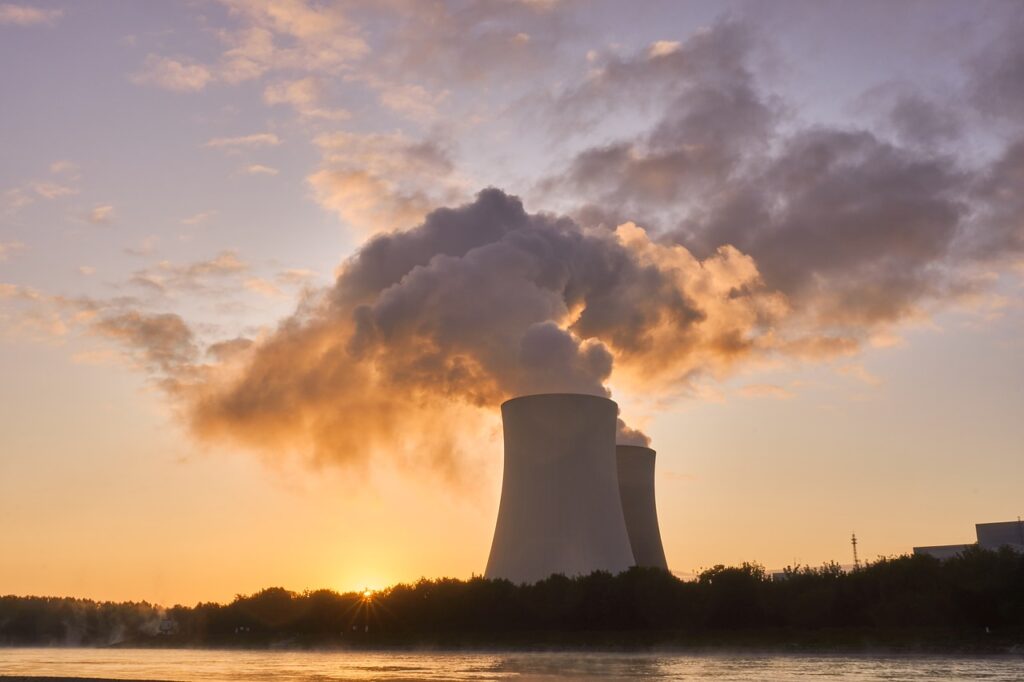Texas A&M University’s recent partnership with RELLIS to construct small modular reactors represents a significant milestone in the energy sector, notably when considering the escalating global energy demands.
Data from the International Energy Agency underscores a prediction that global energy consumption could soar by over 25% by 2040. This spike highlights the dire need for innovative energy solutions, paving the way for small modular reactors (SMRs) as a viable alternative.
One of the primary challenges these reactors address is the need for flexible and efficient energy sources. Traditional nuclear plants, while potent, pose significant logistical and safety challenges. SMRs, by contrast, offer a more adaptable and potentially safer solution. Recent findings by the World Nuclear Association suggest that SMRs can be deployed more quickly and at a lower cost. They bring an efficiency model to nuclear energy with potential lower upfront capital investments compared to large-scale nuclear facilities.
The nuclear energy sector’s history, marred with incidents resulting in public skepticism, demands a rigorous safety protocol for SMRs. The U.S. Nuclear Regulatory Commission has initiated stringent guidelines to oversee the design and implementation of these reactors, emphasizing a need for adherence to best practices to alleviate public concern and ensure market viability.
Conversely, some critics argue the economic feasibility of SMRs remains unproven. Despite the allure of reduced costs, the financial models for these reactors still hinge on numerous factors, including technological advancements and regulatory landscapes. A report from the International Atomic Energy Agency warns that without sufficient investment in research and development, the expected cost benefits of SMRs might not materialize.
Nevertheless, innovation in SMRs aligns with global sustainability goals. As nations strive to meet ambitious carbon reduction targets, integrating nuclear energy—particularly through scalable technologies like SMRs—could play a pivotal role. These reactors produce minimal greenhouse gas emissions, presenting a compelling case for their inclusion in national energy strategies alongside renewables like wind and solar.
Texas A&M and RELLIS tasked with fine-tuning reactor designs to balance scalability, safety, and cost-efficiency. Their endeavor is set against a backdrop of growing international interest in SMRs, with several countries embarking on pilot projects. Insights from these initiatives could provide valuable blueprints for refining approaches and overcoming technical and financial hurdles.
Stay updated on the latest in energy! Follow us on LinkedIn, Facebook, and X for real-time news and insights. Don’t miss out on exclusive interviews and webinars—subscribe to our YouTube channel today! Join our community and be part of the conversation shaping the future of energy.
